Amit Livne
Evolving Context-Aware Recommender Systems With Users in Mind
Jul 30, 2020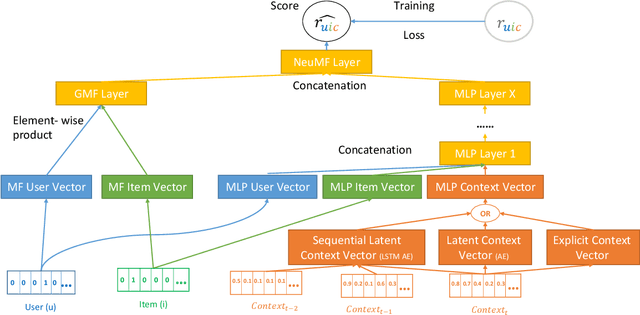
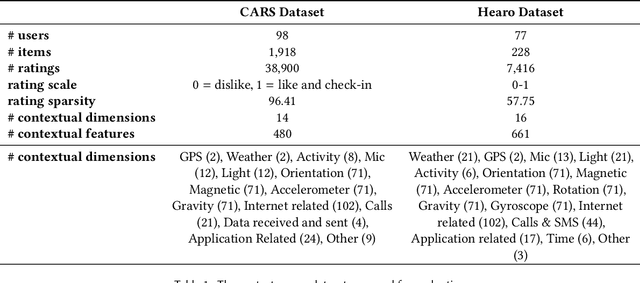
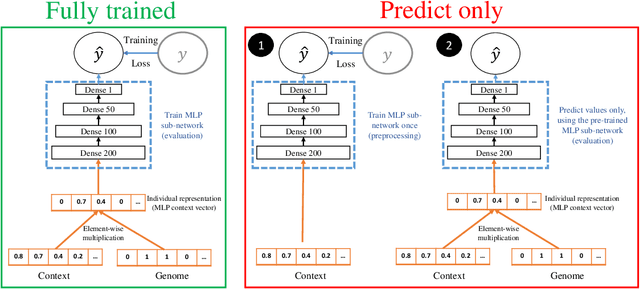
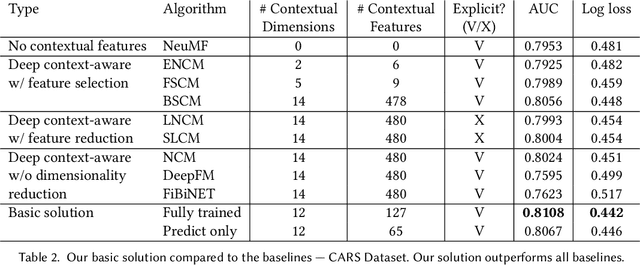
Abstract:A context-aware recommender system (CARS) applies sensing and analysis of user context to provide personalized services. The contextual information can be driven from sensors in order to improve the accuracy of the recommendations. Yet, generating accurate recommendations is not enough to constitute a useful system from the users' perspective, since certain contextual information may cause different issues, such as draining the user's battery, privacy issues, and more. Adding high-dimensional contextual information may increase both the dimensionality and sparsity of the model. Previous studies suggest reducing the amount of contextual information by selecting the most suitable contextual information using a domain knowledge. Another solution is compressing it into a denser latent space, thus disrupting the ability to explain the recommendation item to the user, and damaging users' trust. In this paper we present an approach for selecting low-dimensional subsets of the contextual information and incorporating them explicitly within CARS. Specifically, we present a novel feature-selection algorithm, based on genetic algorithms (GA), that outperforms SOTA dimensional-reduction CARS algorithms, improves the accuracy and the explainability of the recommendations, and allows for controlling user aspects, such as privacy and battery consumption. Furthermore, we exploit the top subsets that are generated along the evolutionary process, by learning multiple deep context-aware models and applying a stacking technique on them, thus improving the accuracy while remaining at the explicit space. We evaluated our approach on two high-dimensional context-aware datasets driven from smartphones. An empirical analysis of our results validates that our proposed approach outperforms SOTA CARS models while improving transparency and explainability to the user.
Iterative Boosting Deep Neural Networks for Predicting Click-Through Rate
Jul 26, 2020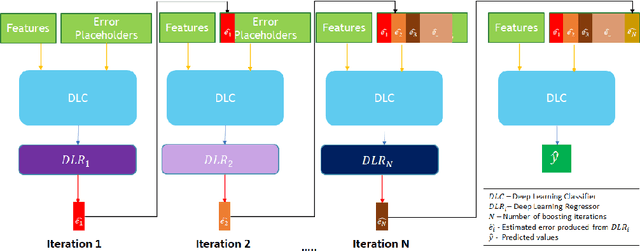


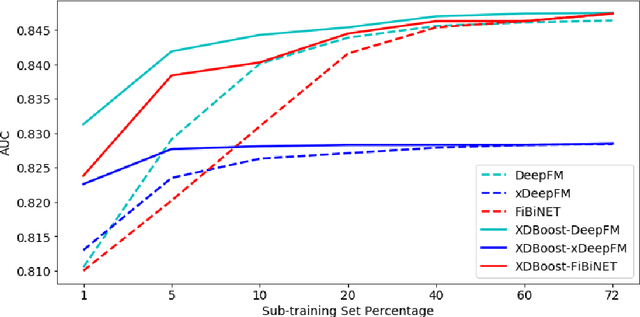
Abstract:The click-through rate (CTR) reflects the ratio of clicks on a specific item to its total number of views. It has significant impact on websites' advertising revenue. Learning sophisticated models to understand and predict user behavior is essential for maximizing the CTR in recommendation systems. Recent works have suggested new methods that replace the expensive and time-consuming feature engineering process with a variety of deep learning (DL) classifiers capable of capturing complicated patterns from raw data; these methods have shown significant improvement on the CTR prediction task. While DL techniques can learn intricate user behavior patterns, it relies on a vast amount of data and does not perform as well when there is a limited amount of data. We propose XDBoost, a new DL method for capturing complex patterns that requires just a limited amount of raw data. XDBoost is an iterative three-stage neural network model influenced by the traditional machine learning boosting mechanism. XDBoost's components operate sequentially similar to boosting; However, unlike conventional boosting, XDBoost does not sum the predictions generated by its components. Instead, it utilizes these predictions as new artificial features and enhances CTR prediction by retraining the model using these features. Comprehensive experiments conducted to illustrate the effectiveness of XDBoost on two datasets demonstrated its ability to outperform existing state-of-the-art (SOTA) models for CTR prediction.
Deep Context-Aware Recommender System Utilizing Sequential Latent Context
Sep 09, 2019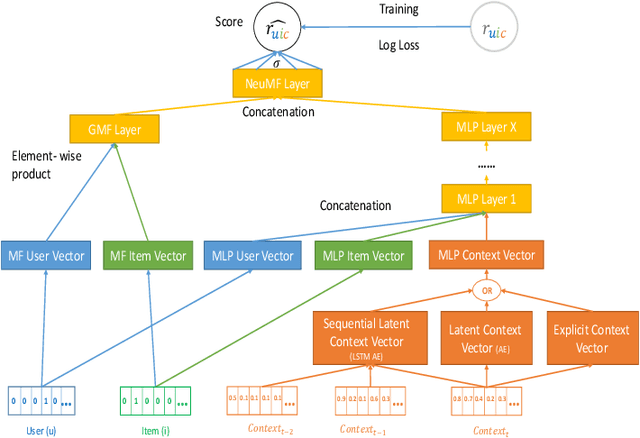

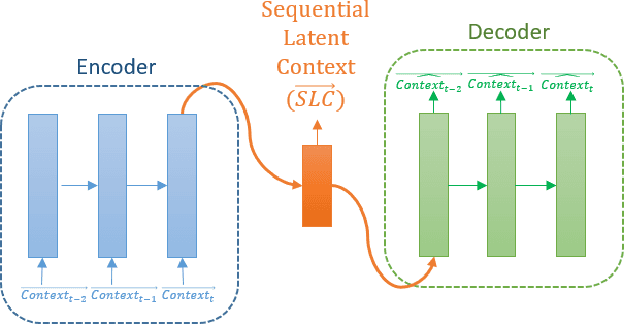

Abstract:Context-aware recommender systems (CARSs) apply sensing and analysis of user context in order to provide personalized services. Adding context to a recommendation model is challenging, since the addition of context may increases both the dimensionality and sparsity of the model. Recent research has shown that modeling contextual information as a latent vector may address the sparsity and dimensionality challenges. We suggest a new latent modeling of sequential context by generating sequences of contextual information and reducing their contextual space to a compressed latent space.We train a long short-term memory (LSTM) encoder-decoder network on sequences of contextual information and extract sequential latent context from the hidden layer of the network in order to represent a compressed representation of sequential data. We propose new context-aware recommendation models that extend the neural collaborative filtering approach and learn nonlinear interactions between latent features of users, items, and contexts which take into account the sequential latent context representation as part of the recommendation process. We deployed our approach using two context-aware datasets with different context dimensions. Empirical analysis of our results validates that our proposed sequential latent context-aware model (SLCM), surpasses state of the art CARS models.
 Add to Chrome
Add to Chrome Add to Firefox
Add to Firefox Add to Edge
Add to Edge